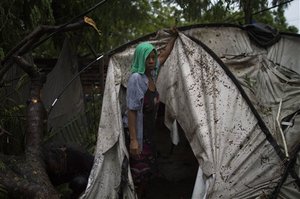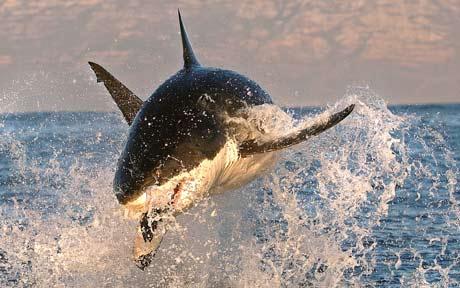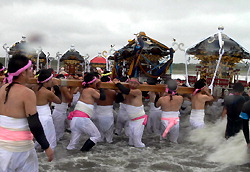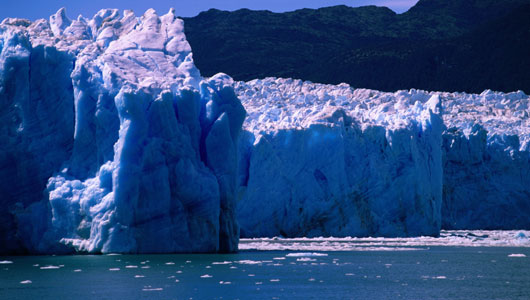
© APAn earthquake survivor tries to set up her tent after it fell down due to heavy rain in Port-au-Prince, Haiti, Friday, Sept. 24, 2010.
Port-au-Prince -- A freak storm blasted through Haiti's capital on Friday, killing at least five earthquake survivors as it tore down trees, billboards and tent homes, authorities said.
Three adults and two children were killed in the tarp, tent and shack camps that still dominate Port-au-Prince more than eight months after the Jan. 12 earthquake, civil protection head Marie Alta Jean-Baptiste told The Associated Press. Several more were injured.
"We are investigating to see how many tents and camps were damaged," Jean-Baptiste said.
The storm passed through the mountain-ringed bowl of the Haitian capital, exposing rubble-filled neighborhoods to wind and rain at levels far below a sustained tropical storm. But that was enough to provoke panic and chaos, especially in encampments still home to more than 1.3 million people.



